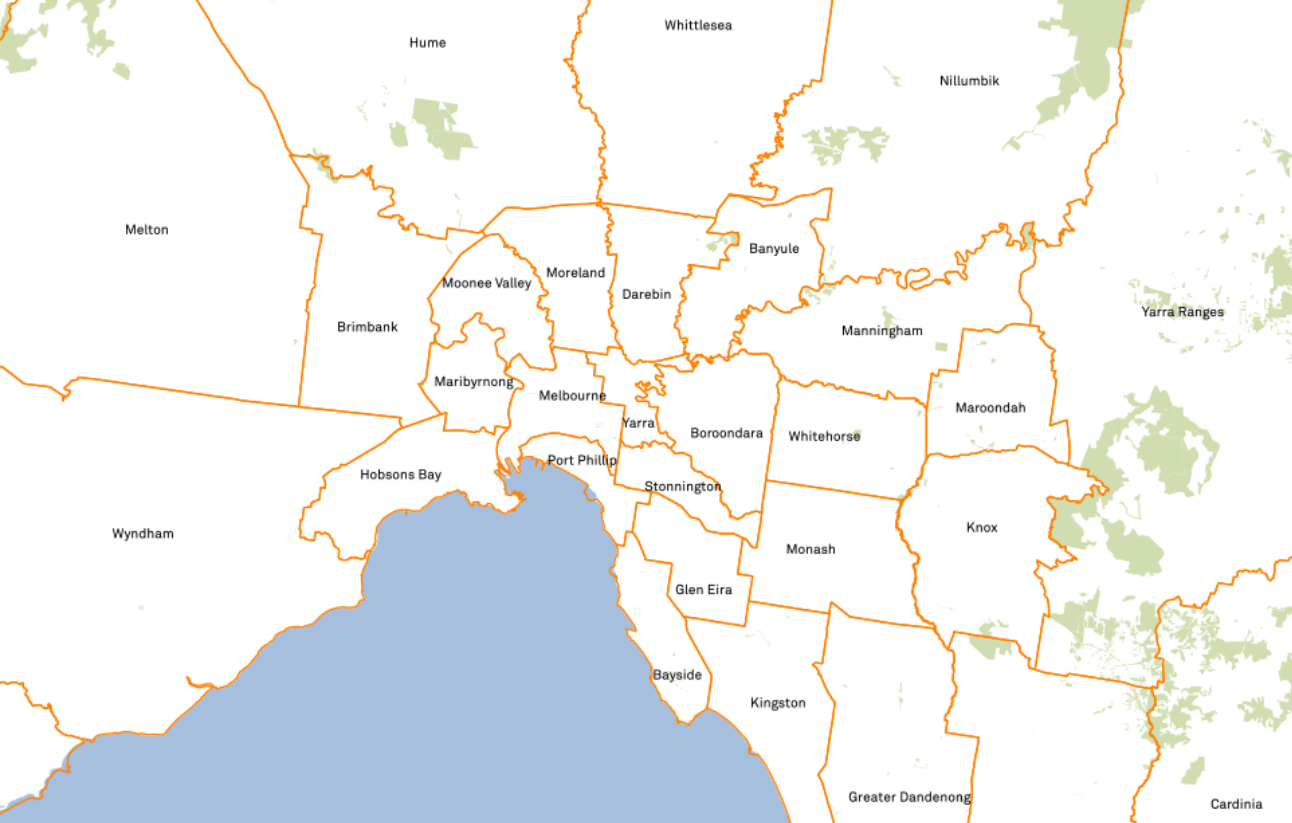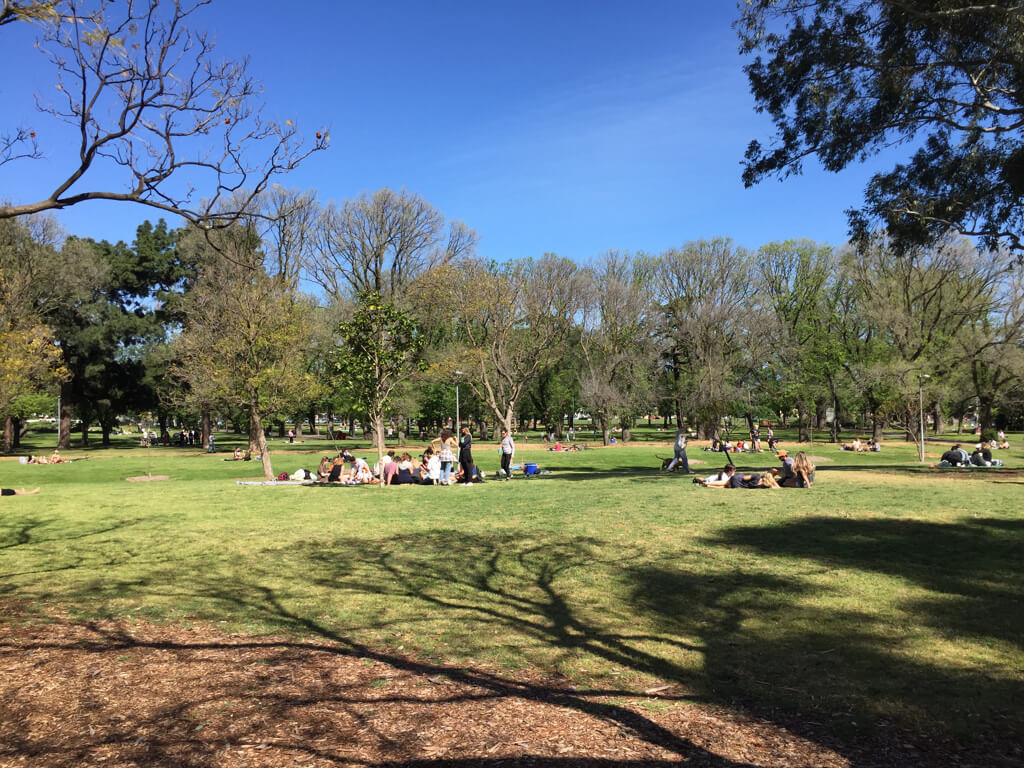
I was watching Four Corners and Q+A Monday night about population growth, the spread of the boundaries of our major cities, the pace of transport and community infrastructure construction, and the reluctance of middle ring councils to manage their share of growth. As sustainability consultants working closely with development teams but not being a planner myself, one aspect of these related concerns has been perplexing me for a while. It is the battle over having middle ring suburbs contribute to an equitable share of density growth, to help enable more sustainable cities.
In following and reading about the growth of our cities I have not seen many clear discussions of equitable contribution. I would love to start a discussion and understand thoughts from a range of planners on the following: Is there a reason why the Victorian state government does not mandate that all Melbourne councils (including those encompassing middle ring suburbs) allocate the same percentage of their land to Residential Growth Zoning? Would it be so bad if all council areas in the state had the same potential high growth zone located somewhere within the council? As I look around Melbourne I cannot see many suburbs where a low 2 or 2.5% Residential Growth zone mandate would not be able to be reasonably accommodated. Perhaps Nillumbik or Mornington Peninsula with their significant bushland. To refine the idea the total land area the percentage is calculated on could exclude the Rural Land zones such as Rural Conservation Zone and Green Wedge Zone which might deliver a more reasonable outcome for peri urban shires.
This concept would allow all councils to bear the responsibility of growth equally and they would determine their own Residential Growth Zones based on established planning principles. We would end up with true growth centres in each council area, reducing the CBD centric nature of Melbourne. The mandated percentage level could be set quite low and councils could exceed the level if desired. Even if the interest in developing the Residential Growth Zone was not sufficient currently, the common percentage would provide a clear message and focus of where development can occur in future.
Moving forwards there could be an expectation that every 5 years the area of Residential Growth Zone increases by a small figure that is sufficient or at least significant in contributing to accommodating our growth projections. If this figure was set low at say 0.5% then in 20 years there would be an extra 2% of Residential Growth Zone land. This does not seem excessive and may not be enough, but it might be hard for individual councils to argue against if imposed by the state. A modest plan that is executed and ramps up the allocation of land to residential growth would be better approach than our current piecemeal approach to delivering sustainable cities.
Footnote – It would be interesting to also potentially extend the concept to non-metropolitan councils, again excluding Rural Land zones. This might eventually be a way of encouraging stronger rural towns and better public transport infrastructure between these towns.



